Introduction
Lettuce, known scientifically as Lactuca sativa, is a versatile and nutritious vegetable widely consumed in salads, sandwiches, wraps, and various culinary dishes across the globe. Its crisp texture and mild flavor make it a favorite among health-conscious individuals and food enthusiasts alike. However, maintaining the freshness of lettuce, especially fresh romaine or butterhead varieties, can be quite challenging due to its high water content and perishable nature. Improper storage often leads to wilting, browning, or even mold development, significantly reducing its shelf life and appeal.
In this comprehensive guide, we delve into various methods and techniques that can help extend the freshness and shelf life of lettuce, ensuring you enjoy its crispiness and nutritional benefits for longer periods. From understanding the basics of proper harvesting and handling to employing advanced preservation techniques, this article aims to be your ultimate resource for keeping lettuce fresh.
Understanding Lettuce Freshness and Shelf Life
Before diving into preservation methods, it’s crucial to understand the factors that influence lettuce freshness and shelf life. Lettuce is highly susceptible to environmental conditions such as temperature, humidity, and exposure to oxygen. High temperatures accelerate spoilage, while low humidity can cause dehydration. Additionally, once harvested, lettuce continues to respire, consuming its stored nutrients and releasing carbon dioxide, which can lead to off-flavors and texture changes if not managed properly.
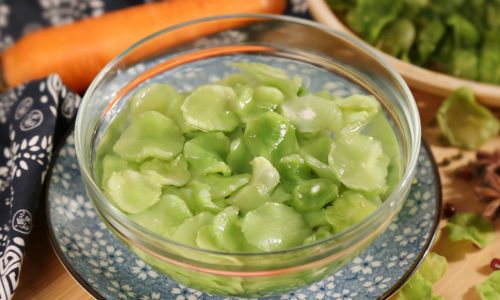
Harvesting and Initial Handling
-
Timing is Key: Harvest lettuce when the leaves are fully developed but still tender. Avoid harvesting in extreme weather conditions, such as very hot or very cold days, as this can stress the plant and reduce its post-harvest quality.
-
Cleanliness: Ensure that your hands and any tools used for harvesting are clean to prevent the transfer of bacteria or fungi that could cause spoilage.
-
Hydration: Immediately after harvesting, gently rinse the lettuce under cool running water to remove any dirt or debris. Pat it dry using a clean cloth or paper towels to avoid excess moisture, which can promote mold growth.
Basic Storage Techniques
-
Refrigeration: The refrigerator is the most common and effective way to prolong the shelf life of lettuce. Store lettuce in the crisper drawer, which maintains a higher humidity level compared to other parts of the fridge. This helps retain moisture and slows down dehydration.
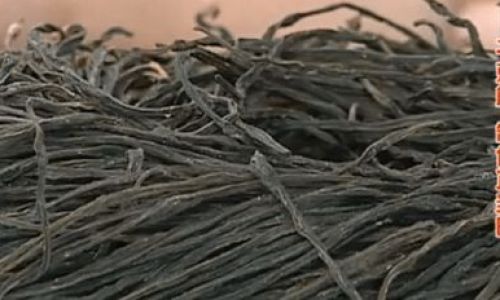
-
Proper Packaging: Wrap lettuce loosely in paper towels or a clean, damp cloth before placing it in a plastic bag or airtight container. The paper towels or cloth will absorb excess moisture, while the plastic or container will help maintain humidity levels and protect against drying out. Avoid using plastic wrap directly on the lettuce as it can trap too much moisture, leading to rot.
-
Avoid Stacking: Store lettuce leaves in a single layer or loosely stacked to prevent crushing and bruising, which can accelerate spoilage.
Advanced Preservation Techniques
For those looking to extend the shelf life of lettuce beyond what basic storage methods can achieve, several advanced preservation techniques are worth exploring.
-
Vacuum Sealing: Vacuum sealing removes the oxygen from the packaging, creating an anaerobic environment that slows down respiration and microbial growth. This method is highly effective but requires special equipment. Once vacuum-sealed, store the lettuce in the refrigerator.
-
Modified Atmosphere Packaging (MAP): Similar to vacuum sealing, MAP involves replacing the air in the packaging with a controlled mixture of gases (typically nitrogen, oxygen, and carbon dioxide) that slow down respiration and extend shelf life. This technique is often used commercially but can also be done at home with specific types of food-safe bags and a vacuum pump.
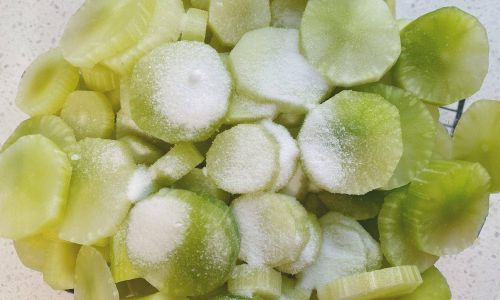
-
Hydrocooling: Immediately after harvesting, immerse lettuce in ice-cold water (around 1°C or 34°F) for a few minutes. This quickly reduces the internal temperature of the lettuce, slowing down respiration and microbial activity. After hydrocooling, dry the lettuce thoroughly and proceed with packaging and storage as usual.
-
Freezing: While freezing isn’t typically recommended for maintaining the crisp texture of lettuce, it can be used to preserve its nutritional value in the form of soups, smoothies, or cooked dishes. To freeze lettuce, blanch it briefly in boiling water (about 30 seconds) and then plunge it into ice water to stop the cooking process. Pat it dry, chop it if desired, and store it in freezer bags or containers.
-
Dehydration: Dehydrating lettuce converts it into a shelf-stable form that can be used in various ways, such as adding to soups, stews, or salads for a crunchy texture. Use a food dehydrator or oven set to a very low temperature (around 135°F or 57°C) and dry the lettuce until it’s brittle. Store dried lettuce in airtight containers in a cool, dark place.
-
Pickling and Fermentation: Pickling or fermenting lettuce can preserve it while adding unique flavors. This involves submerging lettuce in a brine solution and allowing lactic acid bacteria to ferment it, creating an acidic environment that inhibits harmful bacteria. Pickled or fermented lettuce can be used in salads, sandwiches, or as a side dish.
Monitoring and Maintenance
Regardless of the preservation method chosen, regular monitoring is essential to catch any signs of spoilage early. Check the lettuce periodically for signs of wilting, browning, sliminess, or off odors. If any of these signs appear, discard the affected portions immediately to prevent the spoilage from spreading.
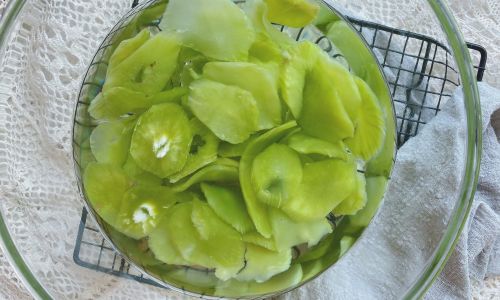
Conclusion
Maintaining the freshness and extending the shelf life of lettuce requires a combination of proper harvesting techniques, careful handling, and effective storage methods. From basic refrigeration and packaging to advanced techniques like vacuum sealing and fermentation, there are multiple strategies you can employ to ensure your lettuce stays crisp, nutritious, and delicious for longer. By understanding the factors that influence lettuce freshness and implementing the right preservation techniques, you can enjoy this versatile vegetable throughout the week, transforming your salads and meals with its refreshing taste and texture.
Remember, the key to successful lettuce preservation lies in consistency and attention to detail. By following the guidelines outlined in this guide, you’ll be well-equipped to keep your lettuce fresh, reducing food waste and enhancing your culinary experiences. Happy preserving!



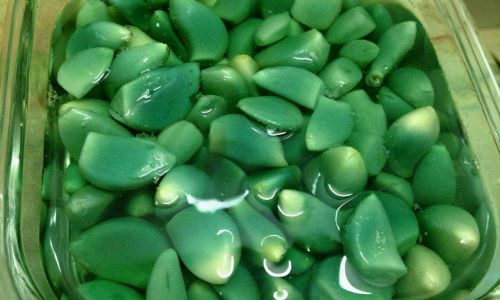
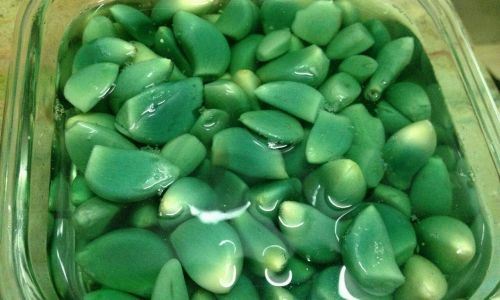
0 comments